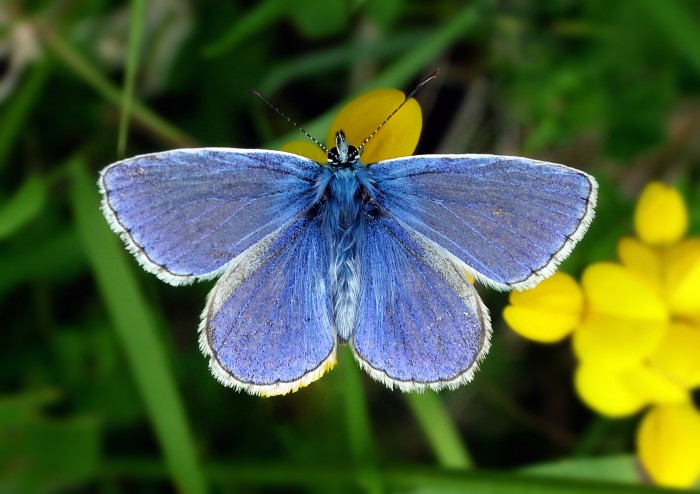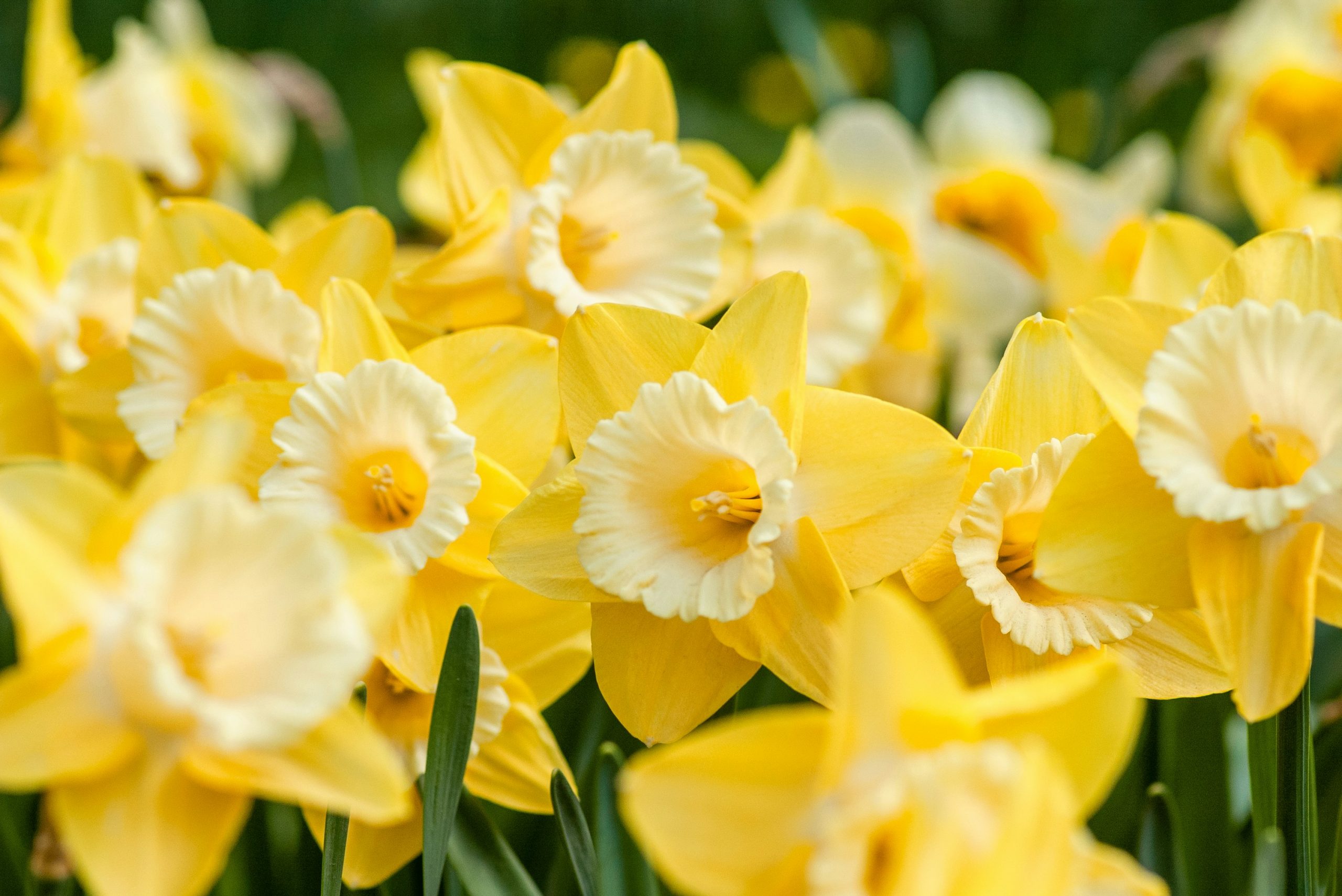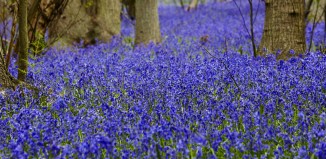Help the National Trust in its Big Butterfly Count
It may be the most common butterfly to flutter-by in the UK, but the Common Blue winged beauty is in decline. The reason that its numbers have dipped to a worrying all-time low? Well, they are manifold, but the most likely factors are, undeniably, man-inflicted: intensive farming and building development have stripped out many natural habitats that the wildflower-loving butterfly would normally be drawn to, like a bee to honey.
There is something, however, that we can all do to help in the name of helping the plight of these delicate and decorative creatures: namely, to spend a day by the seaside. Since the coastal areas of Britain are not as accessible for development, the Common Blue seems to fare better by the lapping waves than just about anywhere else. As such, the National Trust has teamed up with Butterfly Conservation to launch the Big Butterfly Count, an initiative to enlist the help of the public to record sightings in coastal areas, and thus contribute to the largest-ever butterfly survey.
Richard Fox, Butterfly Conservation Head of Recording, says: “Sunny cliffs, sand dunes and coastal grasslands provide perfect conditions for the Common Blue’s main caterpillar foodplant – Common Bird’s-foot-trefoil.” They’re not bad enticements for a day out either…
All you have to do is find a sunny spot and note down your sightings for 15 minutes (you’ll identify the blue by its blue wings and black/brown border; you may spot other coastal frequenters such as the Gatekeeper and the Marbled White) and then submit your findings to The Big Butterfly Count. Happy getting back to nature.








